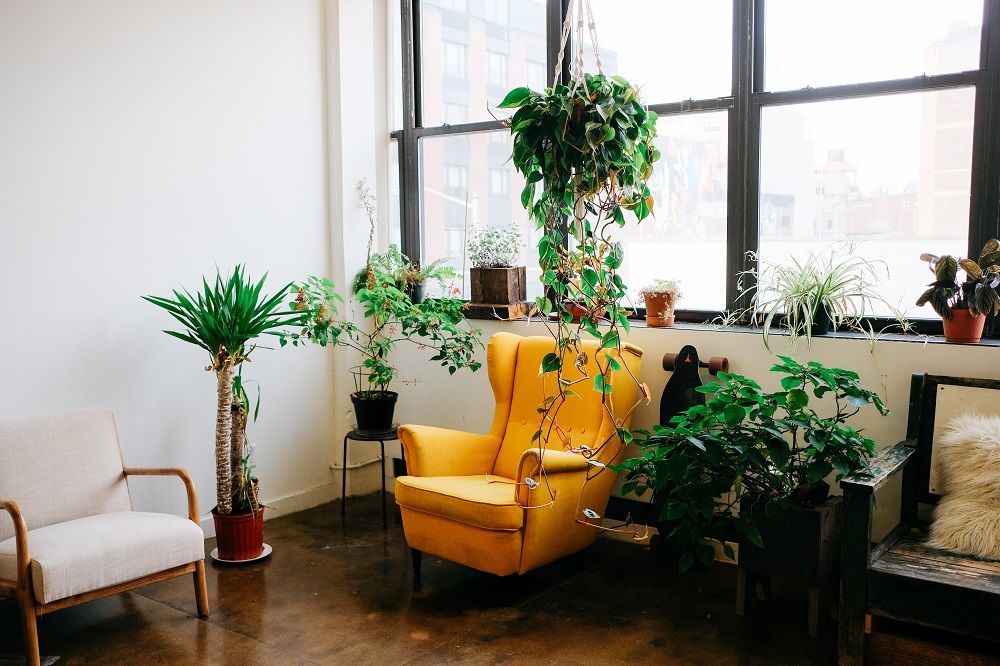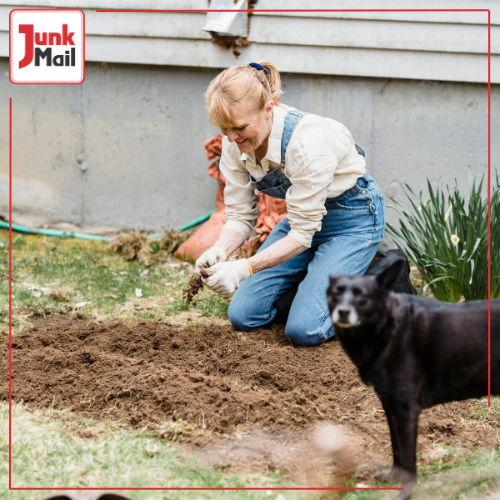Are you struggling to keep your houseplants alive? It’s easy to keep them going with the right kind of attention and care. From using the right soil to eliminating diseases, there are plenty of strategies you can use to keep your indoor plants healthy. Find a wide range of pots and plants for sale on Junk Mail and create a tranquil atmosphere in your home.
 Photo credit: Annie Spratt on Unsplash
Photo credit: Annie Spratt on Unsplash
1. Select indoor plants
Make sure the plant is suited for life indoors. Houseplants require less sunlight and water than outdoor plants do. If you keep an outdoor plant in your home, it’s unlikely to survive.
2. Select healthy plants
Set yourself up for success by choosing healthy plants right from the start. The leaves of the plant should be bushy and green. Numerous dead leaves are a sign that the plant hasn’t been cared for properly. Check the plant for pests and disease before you buy it.
3. Choose the right soil and pot
Get the right potting soil for the type of plant that you’re buying. Some plants, such as succulents, require different potting soil to other plants. Good quality soil sets the foundation for healthy plants. You’ll also need to consider the size and type of pot you use.
4. Choose the right location
When you’re choosing a location for indoor plants, you need to take their size into account. If the type of plant you buy grows big, you need to ensure that there is enough space to accommodate its growth.
 Photo credit: Croissant on Unsplash
Photo credit: Croissant on Unsplash
5. Consider lighting
Check the lighting needs of your houseplants. Indirect sunlight is ideal for many indoor plants, however, some varieties require more sunlight. The health of your plants is also affected by the area’s temperature. If the plant is used to warm temperatures, they can benefit from being placed close to a windowsill where they’ll receive warmth from the sunlight.
6. Drainage
Proper drainage is vital for the survival of your plants. By placing your plants in a pot with enough holes at the bottom, it allows access water to drain, so adequate air is available for the roots. Although different plants have different drainage needs, very few plants can survive sitting in stagnant water. Remember to place saucers underneath each pot.
7. Provide the right amount of water
Providing too much or too little water can kill your plant. This is a common reason why many houseplants don’t have a long life. The amount of water that you provide will depend on the type of plant you’re taking care of. As a general rule, the soil should be damp but not waterlogged. Wilting leaves are a sign that your plant hasn’t received enough water. Pour the water onto the soil or in the saucer as the leaves can start rotting if they’re sprayed with water. It’s advisable to set up a routine where you schedule set days to water your plants. This makes it easier to keep track of how much water they’re receiving.
8. Nutrients
Make sure that you provide your plants with sufficient nutrients. Fertiliser and plant food are great sources of nutrients for your plants. The needs of the specific type of plant, as well as the season, should be taken into account when fertilising.
9. Protect against pests and diseases
You can prevent plant pests and diseases by:
- Not overcrowding your plants
- Carefully watching your moisture levels
- Inspecting your plants regularly
- Cleaning your tools before you work on different plants, as the soil on the tools may harbour diseased organisms
If you think that your houseplants might be struggling with pests and diseases, there are various natural remedies you can use, such as garlic and chamomile tea. You can also make use of the wide variety of insecticides, fungicides, and pesticides that are for sale.
Now that you know how to keep your houseplants alive, you can add some greenery to your home. Find indoor plants for sale on Junk Mail today.





